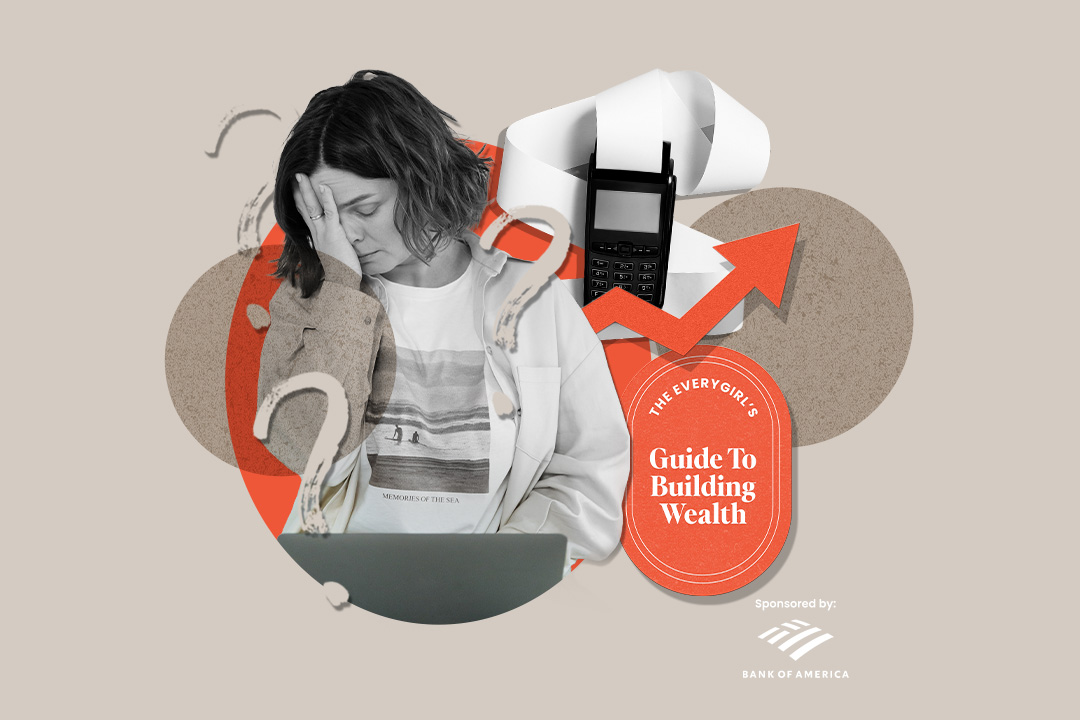No two companies, positions, or fields are identical. The vast array of career options available makes the work life engaging and diverse. This also means that there is no universal career advice that suits everyone. Fortunately, there are numerous resources available to help navigate the complexities of career advancement, including resume templates. Gone are the days of painstakingly creating a visually appealing resume in Word from scratch. Nevertheless, with the multitude of options at your disposal, how do you determine the best fit for you?

When selecting a resume template, it’s essential to choose one that aligns with the industry, the type of companies you’re targeting, and the specific role within those companies. To make this decision easier, we are outlining what your resume should entail based on the job you are pursuing:
Traditional Industries
If you are seeking a position in a traditional industry like accounting or law, opt for a clean and classic resume design. Choose a template without flashy colors or graphics and emphasize your work experience and qualifications in a concise and straightforward manner.
Simplicity is key when incorporating a lot of information into your resume. Focus on relevant roles and skills related to the job you’re applying for, even making adjustments to your resume for different job applications.
Avoid using elaborate fonts or colors in a traditional industry resume to maintain a professional appearance. Utilize bold headings and bullet points strategically to present essential information clearly and succinctly.
Creative Industries
For roles in creative industries, leverage the opportunity to showcase creativity in your resume design. Particularly if the position requires graphic design, visual, or branding skills. If applying for a creative role in a conventional industry, choose a template that exhibits good design sense but opt for neutral colors like navy or forest green over bright hues.
In creative roles, highlight your creative abilities as your resume serves as a platform to demonstrate your strengths. Given the competitiveness of creative positions, aim for a unique template that captivates the reader with bold colors, modern fonts, or visual elements like charts or distinctive bullet points.
Consider a template that accommodates your specific needs in a creative industry job search. For creative roles, you likely possess an online portfolio showcasing your work (common for writers, designers, photographers, and branding professionals). Look for a template that prominently features your website address.
Casual Industries
In more casual industries such as startups, you have greater flexibility. Impress potential employers in young companies managed by millennials with a less formal resume style. Professionals in relaxed sectors like retail or dining appreciate unique resume designs. Unless applying for a design-focused role, aim for readability and an eye-catching layout for quick identification by hiring managers among numerous applications.
To infuse personality into your resume while maintaining a professional tone, explore light color tones instead of plain black and white text—avoid extreme colors like neon.
The Takeaway
No universal resume format fits every situation. Tailor your resume for each application by considering the specific job and industry. Envision the recipient of your resume. Are you applying for a role in social media marketing under a director known for innovative campaigns? Even in a traditional setting, a creatively designed resume might be appropriate.
Customizing your resume allows you to highlight skills and experiences relevant to each job. Remember that you can alter your resume design for different applications by quickly adjusting colors, fonts, and graphics to make a lasting impression.






